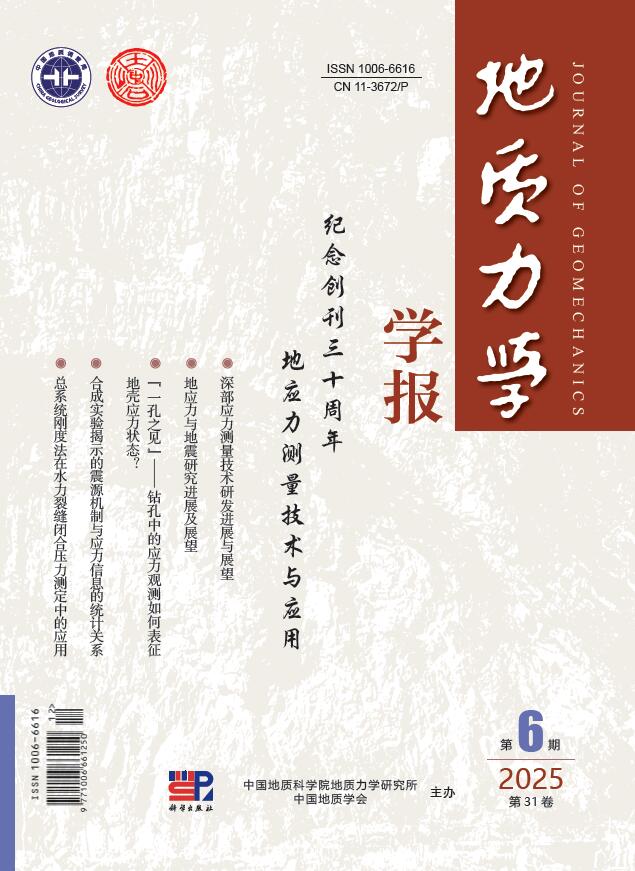2015 Vol. 21, No. 3
Display Method:
2015, 21(3): 309-317.
Abstract:
2015, 21(3): 318-329.
Abstract:
2015, 21(3): 330-340.
Abstract:
2015, 21(3): 341-350.
Abstract:
2015, 21(3): 351-358.
Abstract:
2015, 21(3): 359-370.
Abstract:
2015, 21(3): 371-377.
Abstract:
2015, 21(3): 378-385.
Abstract:
2015, 21(3): 386-392.
Abstract:
2015, 21(3): 393-398.
Abstract:
2015, 21(3): 399-414.
Abstract:
2015, 21(3): 415-425.
Abstract:
2015, 21(3): 426-437.
Abstract:
2015, 21(3): 438-445.
Abstract:
2015, 21(3): 446-452.
Abstract:



